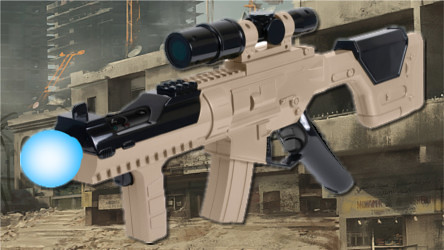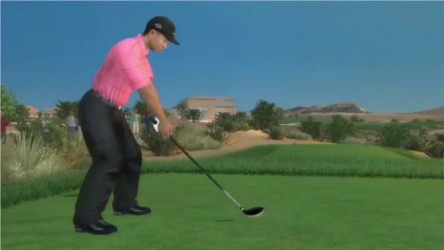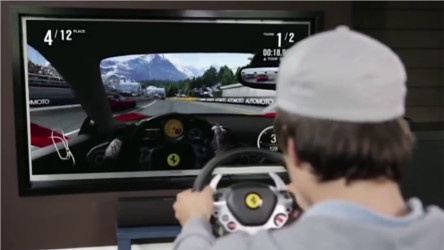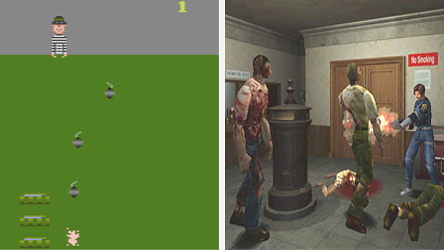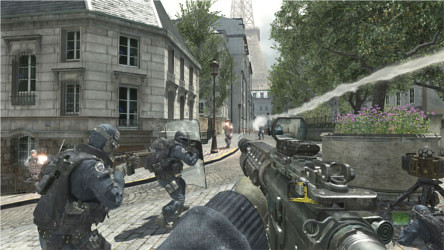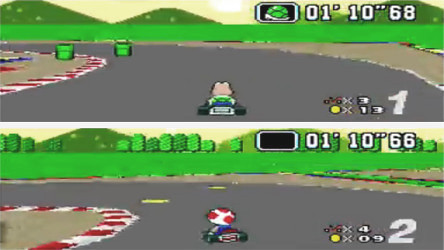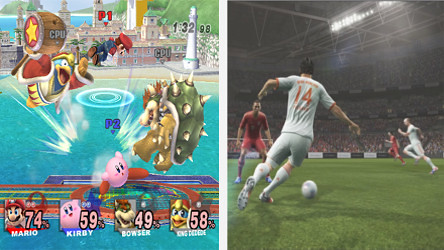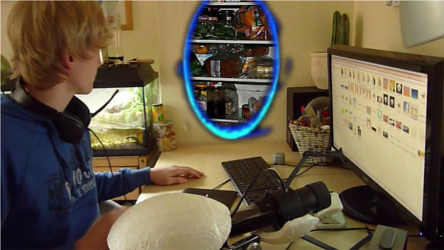There is something special about bringing home the latest gaming system. The shiny box, the pristine plastic. Everything looks and even smells new. You start connecting the system and can’t stop but think about how awesome it is going to be. How clear the images are going to look, how fluid the animation is going to be, how natural the controls are going to feel. And all of this because you are convinced that the heavy and very expensive piece of hardware you hold in your hands is actually going to provide that. Better graphics, sounds and controls, right? Well, with each new console released the improvements have become a little less obvious. The video games of the last generation specially, while they look great, don’t give the impression a giant leap into the future. But how much does new technologies tend to improve gameplay? Do more recent games provide a more immersive, intense and fun experience? Is new always better?
One way to test the effect of technological advances is to see if more recent games and systems provoke higher physiological responses. In a 2007 study, a group of university students playing a Zombie shooter or a first-person “breakout” type of game from either the mid-90’s or the early 2000’s showed no significant differences on their skin conductance (an indicator of arousal) (Ivory & Kalyanaraman, 2007). In another study, participants playing a different baseball or Mortal Kombat game on a Super Nintendo, a Nintendo 64 or a Playstation 2 showed no significant differences on their heart-rates (an indicator of emotional arousal) (Barlett, Rodeheffer, Baldassaro, Hinkin & Harris, 2008). The same result was obtained when the systems compared were a Nintendo 64, a Playstation 2 and a Nintendo Wii (Bartlett, et al., 2008).
 |
| Games only a couple of years more recent weren’t able to affect the player’s arousal. |
The results could suggest that technological improvements didn’t affect the experience of playing enough to provoke a change in the user’s physiology. However, there might by other explanations. The term “technological improvements” can make reference to different variables like graphics, sound and controls; each one with a very particular effect on gameplay. For example, graphical improvements may increase the user’s visual attention, while more responsive controls might promote the feeling of being connected to the avatar. Additionally, better technology doesn’t always translate into better games. Super Nintendo titles, for example, tend to show much better graphics than the Nintendo 64 games, even though this console was so powerful it could handle 3D animation. Also, individuals could respond differently to technological improvements. Some players might be fascinated by the detailed 2D graphics of The Legend of Zelda: A Link to the Past, while others might admire the way Ocarina of Time recreated the fantasy world of Hyrule in 3D. So, maybe different variables had opposed but significant effects on arousal, giving the appearance that it remained unaffected. For example: Graphical improvements could have increased skin conductance and heart-rates significantly, but the bad implementation of the new audio technology could have end up reducing physiological arousal in the same proportion, cancelling each other’s effects out. And even if the arousal levels would have shown important changes, this could might as well have been a sign frustration, not enjoyment.
 |
| More powerful hardware means better games? Tell that to Superman. |
Even when the impact of technology wasn’t (apparently) strong enough to provoke a significant change in the physiology of players, it still managed to affect some aspects of their experience. Playing a computer game from the early 2000’s, for example, provoked significantly higher levels of self-reported excitement than playing one from the mid-90´s (Ivory & Kalyanaraman, 2007). It also increased the feeling that the game was real (presence) and how much the players paid attention and worried about the game (involvement) (Ivory & Kalyanaraman, 2007). Maybe the better quality of graphics and sounds increased how much attention the player paid to the game and reduced the importance given to external stimuli, promoting involvement and presence. In the second experiment comparing consoles, playing with a Nintendo 64 was perceived as significantly more difficult, and the Nintendo Wii as more fun (Barlett, et al., 2008). One explanation could be that the Nintendo 64 controller, while looking similar to the current generation of gamepads, responded much poorly in comparison. And while the Playstation 2 controller worked fine, the Wiimote took advantage of player’s previous experience, making it easier to use and more enjoyable.
Another limitation of these studies is that they weren’t able to properly isolate technology as a dependent variable. In other words, in order to attribute any changes in users to technology, this had to be the only difference between the groups studied. However, participants didn’t played different versions of the same game across time periods or consoles. Instead, they played different games of the same genre or series. This means that any of the observed changes could also be attributed to differences between the titles. Maybe the more modern Zombie shooter game had a better story or more jump-scares, making the users more scared without the use of better technology.
 |
| Sometimes a clever use of the existing hardware is all you need to create innovative and fun games. |
Future studies should try to isolate specific sub-components of the “technological advances” variable. Researchers could compare how players respond to the same game in different resolutions. They could also analyze how different generations of the same controller impact the gameplay of a specific title. By studying each individual part independently, experts could obtain much more reliable information about the effect of technology on the gaming experience. It would also make results much easier to apply for developers. Instead of just trying to use the most recent technology, they could focus their resources on specific attributes, like frames per second or button sensitivity, and their proven effects on the user.
Technological advances can help developers create better gaming experiences. It expands the limits of what designers and programmers can do with graphics, sound and interfaces. It also allows them to try new techniques to improve enjoyment, like using more realistic facial movements to make the characters more relatable or recording binaural audio to make some sounds feel like they are coming from somewhere inside the player’s house. However, specific aspects of video game technology have to be identified in order to do discover its particular effects as well as to take advantage of them. An approach that, unsurprisingly, is being used more frequently in recent studies.
Thanks for reading! Please, visit us in two weeks when The Hero Archetype studies the effect of high resolution images on gameplay.
References:
Barlett, C., Rodeheffer, C. D., Baldassaro, R., Hinkin, M. P., & Harris R. J. (2008). The effect of advances in video game technology and content on aggressive cognitions, hostility, and heart rate. Media Psychology, 11(4), 540-565. doi: 10.1080/15213260802492018
Ivory, J. D. & Kalyanaraman, S. (2007). The effects of technological advancement and violent content in video games on player’s feelings of presence, involvement, physiological arousal, and aggression. Journal of Communication, 57(3), 532-555. doi: 10.1111/j.1460-2466.2007.00356.x


